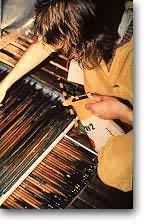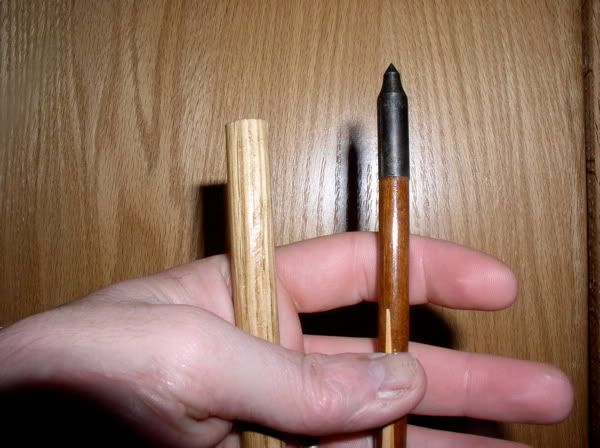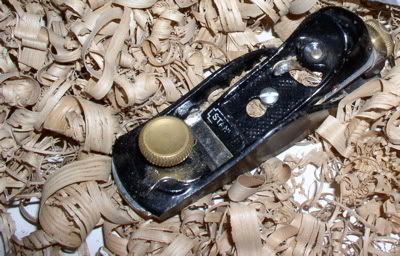Mary Rose Arrows: Shafting.
While we have less than 200 surviving examples of Medieval war bows, we have over 3,500 Medieval arrows from the Mary Rose alone. As I continue on in this project, I never cease to be amazed at how advanced the bows and arrows were 500 years ago. The arrows, for example, reveal a pretty thorough knowledge of flight dynamics that aren’t even universally understood today. More on that later. Here’s a sample of what we know of the Mary Rose arrows:

Length:
According to the Mary Rose museum, most of the arrows found averaged about 76cm (29.921 inches). The shortest arrow found was 61cm (24.015 inches) and the longest arrow found was 81cm (31.889 inches).
Substance:
Again, according to the Mary Rose museum, most of the arrows were made from Poplar, with others made from Beech, Ash and Hazel. Pip says in his book, Medieval War Bows, that Ash was the favored wood, but was in short supply, so they also used Aspen and Oak. I would suppose that any wood on that list would be fine for replicas with Ash being a good first choice.
Diameter and Taper:
All arrows, regardless of length, were 1/2” at the head and 3/8” at the nock. The shorter arrows tended to be 1/2” diameter for 2/3 of their length (or so) and then tapering to the nock. The bulk of the arrows were around 30” in length tapering evenly from the head to the nock. If 1/2” diameter doesn’t sound big—it is. Compare the tip of this 1/2” war shaft to this heavy 23/64” hunting shaft!

Weight:
Tim Baker says in TBB vol. 3 that the Medieval war arrows were not likely over 800-900 grains. This may be due to the confusion over war arrows caused by the ‘standard arrow’—an almost arbitrarily chosen set of dimensions that is not based on the Mary Rose artifacts. My experience so far has been that an arrow shaft made from White Oak, to the average length and full, tip-to-tail taper, will weigh a solid 1,000 grains. Add an armor-piercing head and the weight takes another jump. (More on bodkins this week).
Making Shafting:

I don’t really know an easy answer to this one. The shafts I made I did the hard way with a hand plane. I’ve been able to get my hands on Aspen, White Oak, and Poplar but I’ve only made Oak shafting so far. I simply sawed out 1/2” by 1/2” blanks and planed in the taper. After the taper was right I planed off the corners and made round shafting just like many of you have done. (This process is shown very well by the late Jay Massey in TBB vol. 1).
Perhaps an easier route would be to take 1/2” hardware store dowels and taper the last 10” like many of the shorter Mary Rose arrows were done. However, the best flight arrows would undoubtedly be the longer arrows made with tip-to-tail tapers.
Tomorrow, I’ll talk about nocks and fletchings. Wednesday, or Thursday I’ll do a piece on bodkins—that will be an interesting one I think.
Take Care,
J. D. Duff
